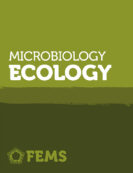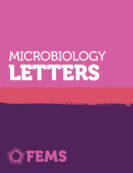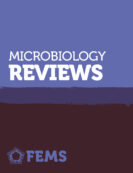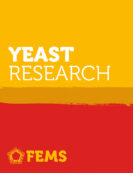For Editors
Editors are the backbone of our journals. They shape journal policies, organize and oversee the peer-review process, and contribute to acquire relevant content for the journal just to name a few. Below is a list of resources, information and journal policies to help editors in their work. As activities and interests of editors and reviewers might occasionally overlap, we encourage editors to browse (and share) the For Reviewers page as well.
Full journal policies and Instruction to Authors for all journals can be seen on the FEMS Journals Portal. On the link below you’ll find a full list of contacts for queries related to our journals.
- Benefits for editors
- Transparent peer review in FEMS Microbes
- General and Academy Submission routes for microLife
Benefits for editors
As an Editor for one of our FEMS journals you will:
- Editors and Editorial Board Members of the journals that moved to fully Open Access at the start of 2024 get one APC waiver per year, meaning that an article may be published without the author needing to pay an APC. Editors and Editorial Board Members can use this waiver for an article where they are an author, but they are also allowed to pass on this waiver to a colleague.
- Get 25% discount on Oxford University Press books.
- Be able to apply for funding from the Journal Development Budget (e.g. to attend a conference to meet potential new authors) by contacting your Editor-in-Chief.
- Receive free online access to all FEMS journals.
- Receive discounts to some events sponsored by FEMS.
Transparent peer review in FEMS Microbes
In an effort toward open science and more transparency in the peer-review process, FEMS Microbes offer the option of a Transparent Peer Review. Authors have the possibility to publish the peer-review reports and their answers as supplementary material, and reviewers can disclose their name on the article. Both choices are optional and independent from each other.
Reviewers need to be aware that the decision to publish reviews lies with the author: by agreeing to review for FEMS Microbes, reviewers consent to the publication of their review either with or, if preferred, without disclosure of their name. Editors need to be aware that their decision letters will get published after acceptance when authors choose to publish the peer-review reports.

Additionally, FEMS Microbes recognises the work done by ‘co-reviewers’ during the peer-review process. For invited reviewers, this means that they are formally allowed to seek help from a ‘co-reviewer,’ for example an excellent Ph.D. student or Postdoc of the invited reviewer. Both invited reviewer and ‘co-reviewer’ will be asked to be co-signatories of the jointly produced peer review report.
For more information, see Instruction to Authors for FEMS Microbes.
General and Academy Submission routes for microLife
As Academy journal, microLife offers Fellows of the European Academy of Microbiology (EAM) the possibility to submit their work through the Academy Submission route for one manuscript a year.
Fellows of the EAM opting for the Academy Submission of a manuscript seek two independent reviews by experts in the field, send them the Reviewer Form and revise manuscript accordingly. Final approval by each reviewer is needed before submitting the revised manuscript to Editors-in-Chief of microLife through the online submission portal.
A submission workflow for microLife is given below. In both routes solid, independent peer review is guaranteed, with rules to avoid conflict of interest of reviewers, obligation to sign the Reviewer Form, and sharing all versions of a revised manuscript. The end decision on a manuscript submitted to microLife lies with the Editors-in-Chief, who have the option to invite additional external reviewers.

For more information, see Instruction to Authors for microLife.
All but one of the FEMS journals are fully open access (OA), with one journal, FEMS Microbiology Letters, offering free-to-publish and OA options. Open access is key to supporting the FEMS mission of disseminating high quality research as widely as possible: when high quality, peer reviewed sound science is open access, anyone, anywhere in the world with an internet connection, can read it.







